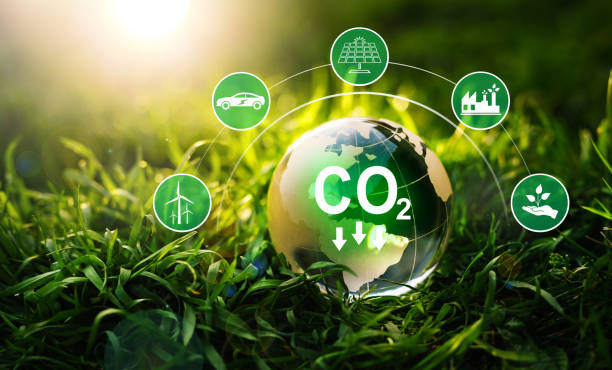
FAQ About Green Economy
Green Economy
2 years ago | gizem
How does the Green Economy differ from the traditional economy?
The Green Economy differs from the traditional economy in several fundamental ways, primarily in its focus on sustainability, resource efficiency, and environmental stewardship. Here are some key differences between the two:
Priorities and Goals:
- Green Economy: The primary goal of the Green Economy is to achieve sustainable development by balancing economic growth, environmental protection, and social well-being.
- Traditional Economy: The traditional economy tends to prioritize economic growth and profitability without always considering the environmental and social consequences.
Resource Use:
- Green Economy: Emphasizes efficient and sustainable use of natural resources, minimizing waste and pollution through recycling, reuse, and responsible consumption.
- Traditional Economy: Often follows a linear "take-make-dispose" model that results in resource depletion, environmental degradation, and excessive waste generation.
Energy Sources:
- Green Economy: Promotes the use of renewable energy sources like solar, wind, hydro, and geothermal, aiming to reduce reliance on fossil fuels and decrease greenhouse gas emissions.
- Traditional Economy: Relies heavily on non-renewable fossil fuels such as coal, oil, and natural gas, contributing to air pollution and climate change.
Environmental Impact:
- Green Economy: Strives to minimize negative impacts on ecosystems, biodiversity, and natural habitats through sustainable land use, conservation efforts, and pollution reduction.
- Traditional Economy: Often leads to habitat destruction, pollution, and ecosystem degradation as a result of resource extraction, industrial activities, and urban development.
Waste Management:
- Green Economy: Promotes a circular economy where waste is minimized, and products are designed for reuse, repair, and recycling to reduce landfilling and incineration.
- Traditional Economy: Generates significant amounts of waste that can harm the environment and contribute to pollution and resource wastage.
Innovation and Technology:
- Green Economy: Encourages the development and adoption of innovative technologies that address environmental challenges and promote sustainability.
- Traditional Economy: Innovation is often driven by economic growth goals and may not prioritize sustainability or environmental concerns.
Job Creation:
- Green Economy: Creates new employment opportunities in sectors such as renewable energy, sustainable agriculture, green building, and environmental management.
- Traditional Economy: Employment opportunities may be concentrated in resource-intensive industries and may not necessarily contribute to environmental preservation.
Economic Resilience:
- Green Economy: Focuses on building resilience by diversifying economic activities, reducing exposure to resource price fluctuations, and improving adaptation to environmental changes.
- Traditional Economy: Vulnerable to market fluctuations and resource shortages, with industries tied to finite resources facing uncertainties.
Long-Term Sustainability:
- Green Economy: Strives to ensure that economic activities are in harmony with ecological and social systems, allowing for sustained well-being across generations.
- Traditional Economy: May prioritize short-term gains without adequately considering the long-term impact on ecosystems and future generations.
Policy and Regulation:
- Green Economy: Encourages policies and regulations that incentivize sustainable practices and discourage environmentally harmful behaviors.
- Traditional Economy: May have fewer environmental regulations and incentives for sustainable practices.
